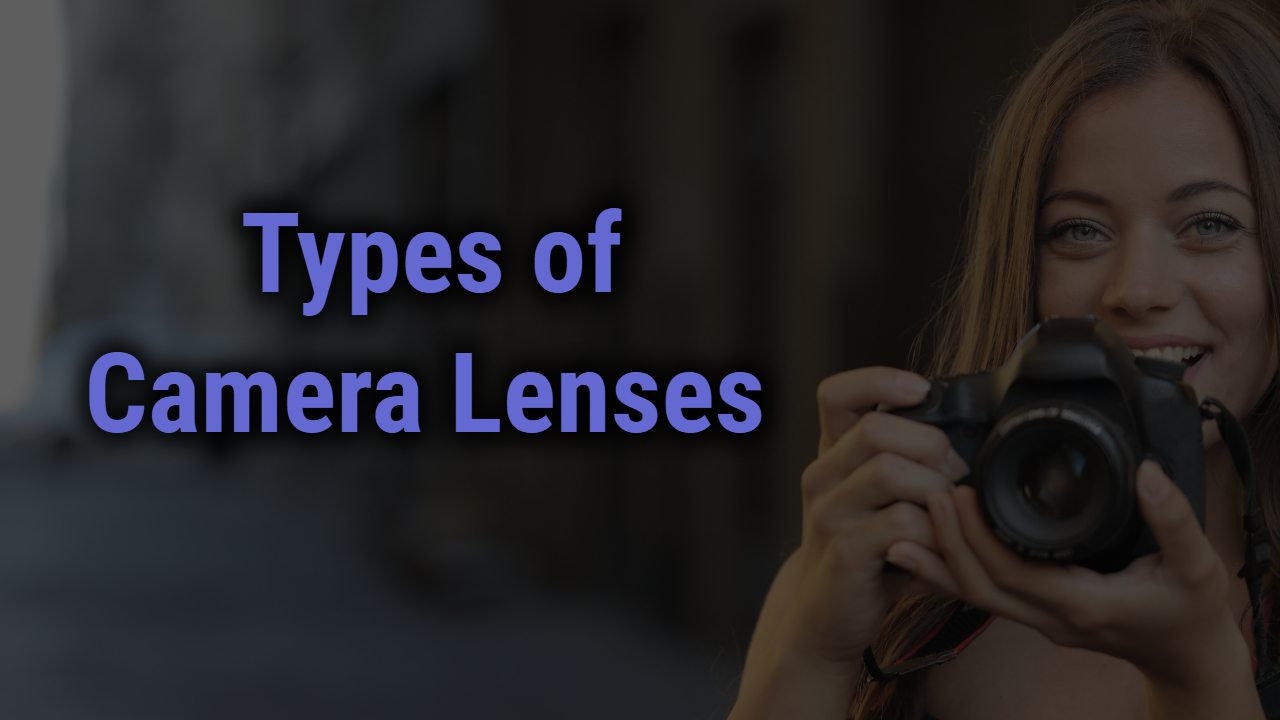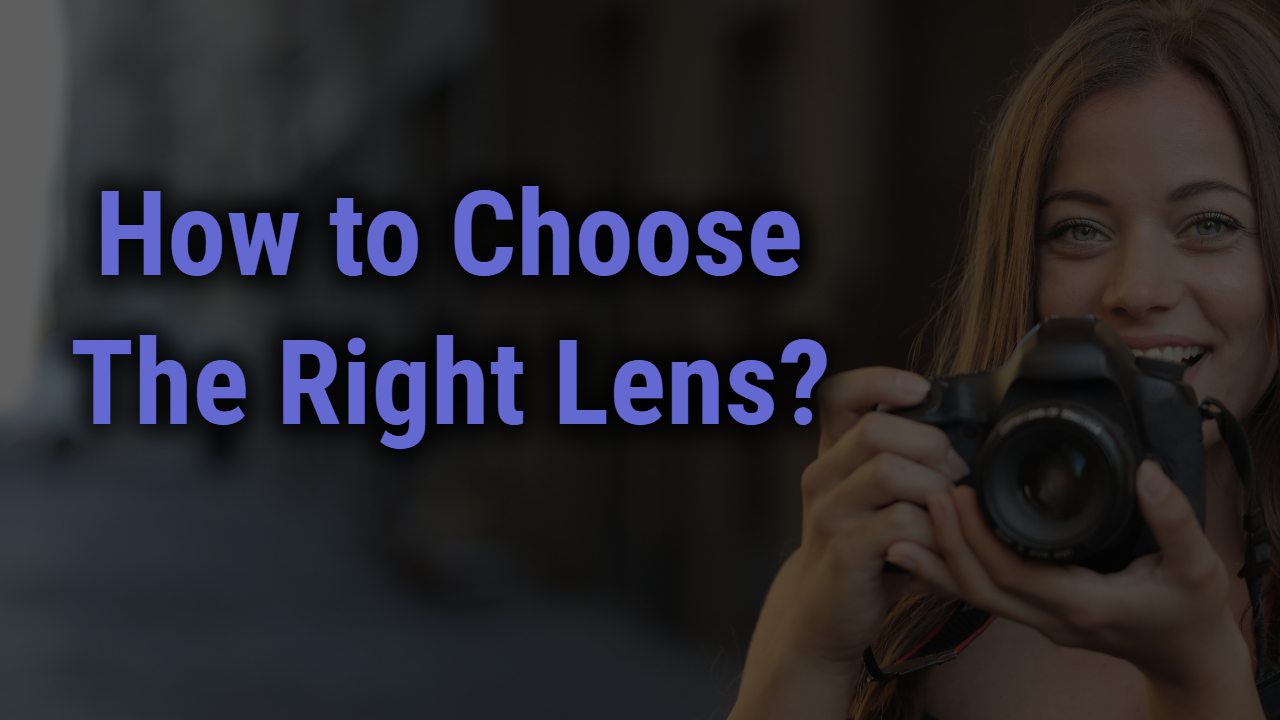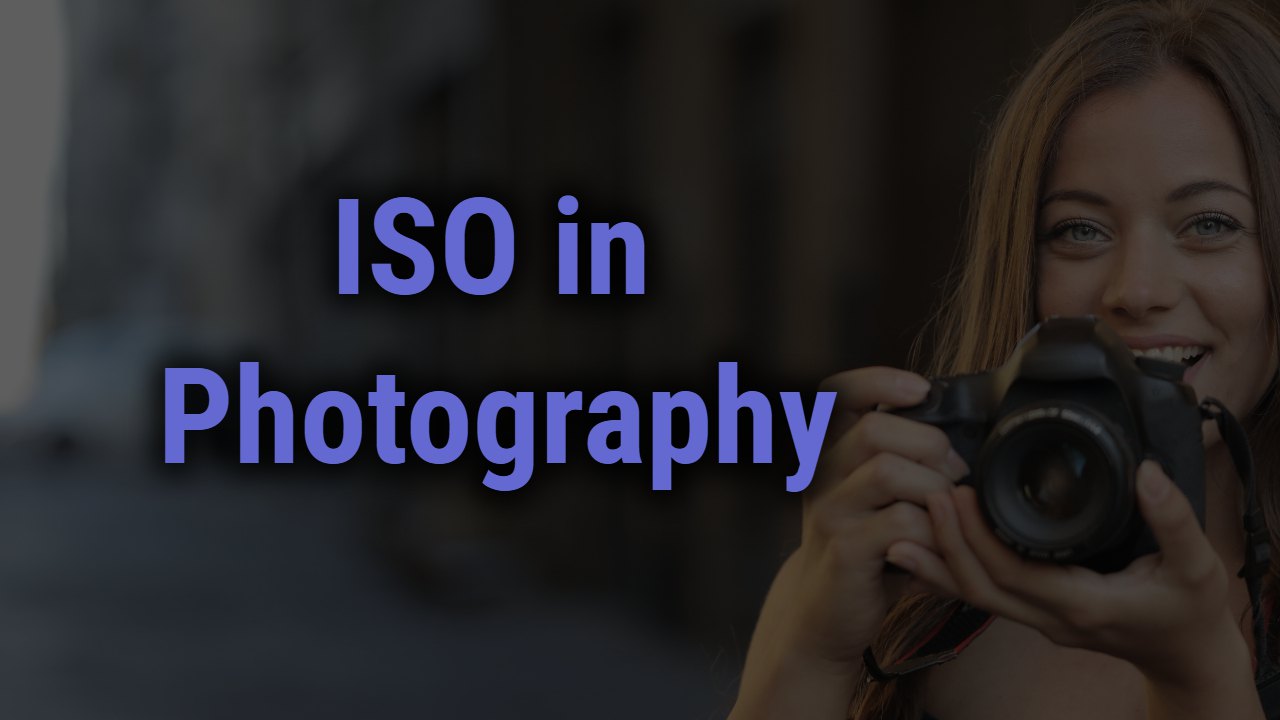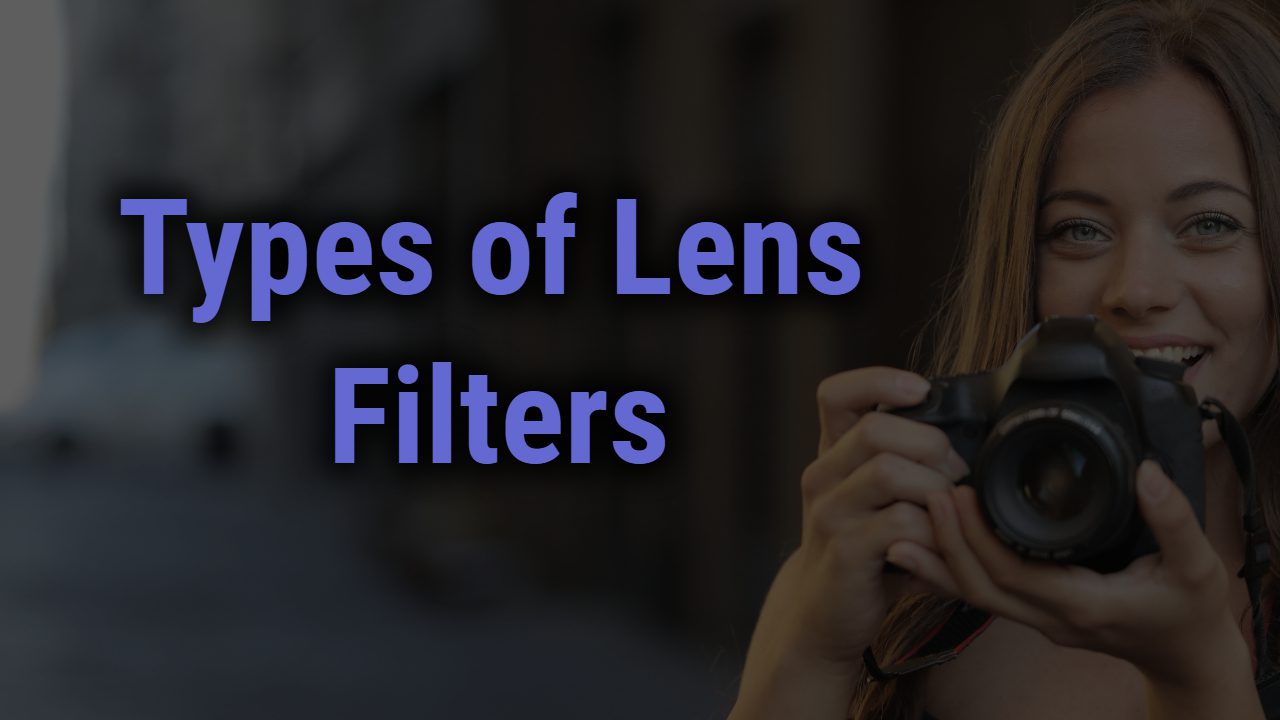Cameras and lenses have a special relationship because, without lenses, no image can be captured. However, if you are new to photography and want to purchase a suitable lens for your camera, the vast array of lenses available may have perplexed you.
You must be baffled about which lens to purchase to improve your photography skills.
Despite the fact that there are several lenses of various types available on the market, we understand your problem. And, to assist you in selecting the best lens for your camera, we have discussed a detailed guide on “Different types of camera lenses and when to use them” today. So, without further ado, let’s get to the article.
This Post Contains
What is a camera lens?
Before we get into the different types of camera lenses and how to choose the best one for you, let’s define what a camera lens is.
A camera lens is an electro-optic lens or lens assembly used in tandem with a camera body and method to produce images of objects on photographic film or other media able to store an image molecularly or electronically.
In principle, there is no significant difference between such a lens used for a still camera, a video camera, a telescope, a magnifying glass, or other equipment, but the details of design and construction differ.
A lens may be permanently attached to a camera or exchangeable with lenses of various focal lengths, orifices, and other characteristics.
Types of the camera lenses
Now, let’s understand the types of camera lenses available in the market, their features, and when to use them.
Zoom lenses
This has to be the first mentioned in our list as if you are aware zoom lenses have a variable focal length you can optimize to capture the image. It doesn’t matter whether your subject is close or far; if you have a zoom lens, you are always more likely to capture the image you meant to capture.
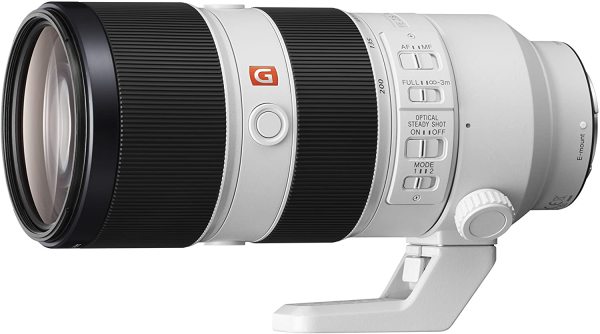
It doesn’t matter whether you are a professional or a casual photographer out of a hobby; you will always find yourself with a zoom lens after researching which lens to purchase, which can be an all-rounder.
That is why it is always better to get this lens compared to the prime lens. No matter what your needs are when it comes to photography, this lens will hold you back.
If you are into sports photography or even wildlife photography, this lens will act as a boon to you because of its different focal lengths. They are called zoom lenses as they can easily zoom in to their maximum focal length without you having to sacrifice the quality of the picture.
When to use it?
Zoom lenses are multipurpose lenses used in various places like weddings due to their high adaptability. Also, Zoom and superzoom lenses are frequently used with still and video cameras, projectors, binoculars, electron microscopy, telescopes, telescopic sights, and other optical elements.
Furthermore, the afocal portion of a zoom lens could be used as a variable magnification telescope to create an extendable beam expander.
Prime Lens
A prime lens has a repaired focal length and cannot be zoomed in or out. In short, the decided focal length of the lens is the spacing between both the intersection in the lens and the sensor or film in the camera.
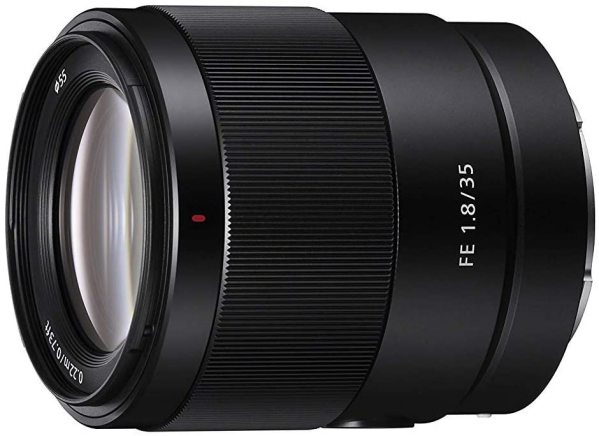
When compared to zoom lenses, prime lenses offer several advantages. The first and most important requirement is the accessibility of fast apertures. A lens with a fast aperture can maximize available light by opening its field of view to an f/2 – f/1.2 or even f/.95 variety.
Most zoom lenses do not shoot faster than f/2.8. The ability to hit at a fast/wide-open orifice allows the shooter to achieve a shallower depth of field. The spacing between the portrait, subject, and background is referred to as the depth of field (DOF).
Shooting wide-open creates a shallow depth of field, which isolates the topic from its environs in terms of sharpening and clarity. The gentler the foreground/background becomes as the lens gets closer to the subject.
The 35mm, 50mm, and 85mm glasses are the three most prominent and commonly used standard prime lenses. They come in a variety of aperture speeds, and their worth is determined by their wide-angle and overall great build. The 24mm wide-angle lens and the 105mm micro/macro close-up lens round out the category.
When to use it?
A prime camera lens is required if you want better image quality, more light in your camera, a shallower depth of field in your image, and sharper images.
Telephoto Lens
In photography and camerawork, a telephoto lens is a type of long-focus lens in which the physiological length of the lens is smaller than the focal length. Long-focus lenses have the same viewing angle and other effects as telephoto lenses with the same focal length.
Short telephoto lenses (85mm to 135mm in 35mm film format), dimension telephoto lenses (135mm to 300mm in 35mm film format), and super-telephoto lenses (over 300mm in 35mm film format) are some of the sub-types of telephoto lenses.
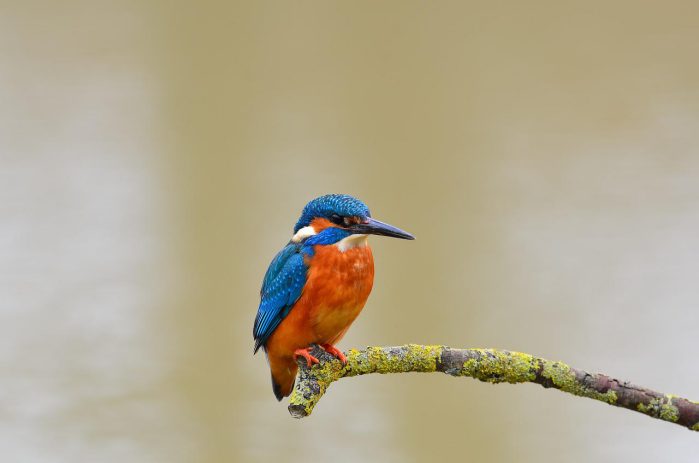
A telephoto lens makes a pictorial subject closer than it truly is. This can be perfect for photographers that are unable to get close to their subject areas due to physical limitations or safety concerns.
These lenses also serve a creative function, as they are excellent at creating differing focuses among foreground and background. We all know that it can easily zoom in with the optics instead of the digital zoom, where only the pixel intensities on the screen are amplified.
Telephoto lenses change the relative size of your topic to the background and pressurize them together. This makes the background appear large and quite close to your subject.
When to use it?
Telephoto lenses can be used for a variety of purposes, including making subjects appear closer to the action, as in any game such as cricket or soccer. Telephoto lenses can also be used to emphasize blurred backgrounds.
Wide-angle Lens
A wide-angle lens has a focal length that is quite short when compared to the regular lens for a given film plane in photography and cinematography. Basically, any lens that has a short focal length can be considered a wide-angle lens.
Usually, photographers who love to capture landscapes find this lens one of their favorites and a must-have in their camera kit.
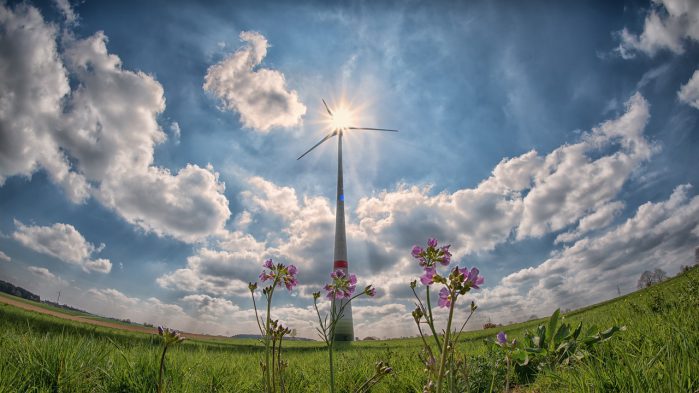
If we talk about the price of these lenses, they are quite expensive, but once you see the absolutely great performance, you will realize that each penny you spend on it was worth it because of its performance.
So many photographers also prefer using a wide-angle lens for fashion photography as well to ensure that they are not missing out on one single detail.
But you have to be careful when you are capturing something with a close angle as the lens might distort the image because of the less proximity between the object and the camera.
When to use it?
In landscape photography, a wide-angle lens is ideal for exaggerating perspective. Wide-angle lenses lengthen features and magnify close objects while making distant objects narrower in the frame. The main reason I don’t use a wide range of sorts very often is that they make everything far away appear small.
Macro Lens
A macro lens allows you to focus incredibly close to a subject in order for it to appear large in the field of view (and in the final image). “True” macro lenses can project life-sized subjects onto the camera’s sensor at a 1:1 reproduction ratio, likely to result in a 1.0x MM (Maximum Magnification) at the lens’ MFD (Minimum Focus Distance, evaluated from the subject to the sensor), which means that a 0.6″ (15mm) long subject would’ve been projected 0.6″ (15mm) long onto the sensor.
While this may not seem like a big deal, consider that a topic measuring only 1.4 x.9″ (36.0 x 24.0mm) will keep filling the chassis of a full-frame DSLR.

Macro lenses are available in a range of focal lengths, from broad to telephoto. When photographing your subject, keep in mind that the focal length of your lens will decide your field of view, having to work distance, and background blur capability.
The Canon EF-S 35mm f/2.8 Macro IS STM, for example, has a 35mm focal length (as the name suggests) and generates 1.0x resolving power at its MFD of 5.1 ” (130mm).
In comparison, the Canon EF 180mm f/3.5L Macro USM achieves the same resolving power with a subject placed 18.9 inches away “(480mm) away from the sensor.
Longer depth of field macro lenses provides more working distance, which can be very useful when photographing squeamish subjects like insects. Longer focal lengths also generate more pronounced background blur, which can be useful for isolating your subject.
When to use it?
When you need to photograph small subjects at close range, they can focus much closer to the subject than standard lenses, enabling you to fill the frame and capture more detail.
Fisheye Lens
When it comes to the fisheye lenses, they are very different from the other lenses, even if the other lens is of the same focal length. If we have to put it in simple words, fisheye lenses are basically ultra-wide-angle lenses that can easily cover a very large frame in the picture up to 180.
For example, an 8mm lens is a fisheye lens, so when you are capturing an image with this lens, you can quite clearly see the side of the frame that you wanted to capture.
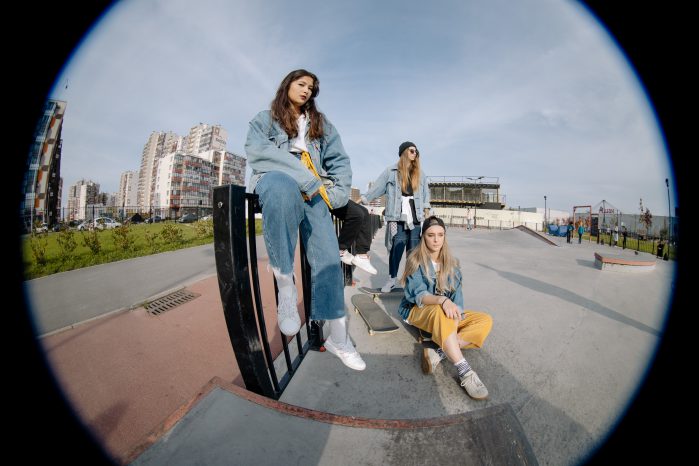
When compared to the other lenses, they are extremely costly, but if you are a lens enthusiast who is into capturing the image from the point of view perspective, you are going to fall in love with this lens.
Depending upon which mm lens you get, you might see some slight distortion at the sides of the lens, but it also depends on which camera you are purchasing.
When to use it?
Fisheye lenses have many uses like:
- To project the night sky or other subjects onto the interior of a dome, many planetariums now use fisheye projection lenses.
- Fish-eye lenses are used in POV pornography to make objects in front of the camera appear larger.
- Astronomers use fisheye lenses to collect data on cloud cover and light pollution.
- Photographers and videographers use fisheye lenses to get as close to the action as possible while also capturing context, such as in skateboarding, to focus on the board while retaining an image of the skater.
- Fisheye projection lenses are used in flight sim and visual combat simulation software to create an interactive environment for pilots, traffic controllers, and military members to train in.
Tilt-shift Lens
Tilt-shift lenses are the ones that are very less owned by camera users. So basically, the tilt-shift lens tilts, and because of that, you can easily change the plane of focus as well as make sure that you get the depth of field you need to get. These are the main two reasons that tilt-shift lenses are mostly used.
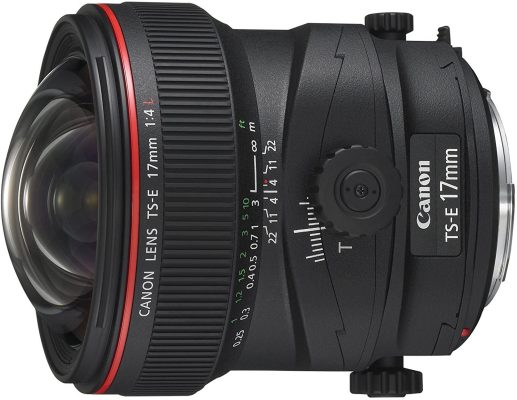
When we look into what benefits you when the lens is shifted, you would see that it is mostly for making sure of the perspective the image is being captured from and especially when you have to click stills with the effect of the panorama.
Tilt-shift cameras are a good choice for landscape photographers and those who love to click some beautiful panoramas.
You will also come across some different cameras with different focal lengths, even when it comes to tilt-shift. All-in-all, if you require a lens for perfect architectural photography or a perfect landscape view, you might want to purchase a tilt-shift lens. If you are the one who requires a lens that is quite versatile, this might not be the lens for you.
When to use it?
Tilt-shift lenses are useful for fine art photography because they allow you to capture images that encompass a larger area of the picture. It is useful for product photography that requires precise focus control, as well as for freelancing. It also works fantastically well when telling a story.
Infrared camera Lens
Infrared cameras do not function in the same way that regular, visible light cameras do. Regular cameras work in much the same way as the human eye, receiving visible light spectrum radiation and converting it into an image.
Infrared cameras, on the other hand, create images using heat, also known as infrared or thermal radiation, rather than visible light.
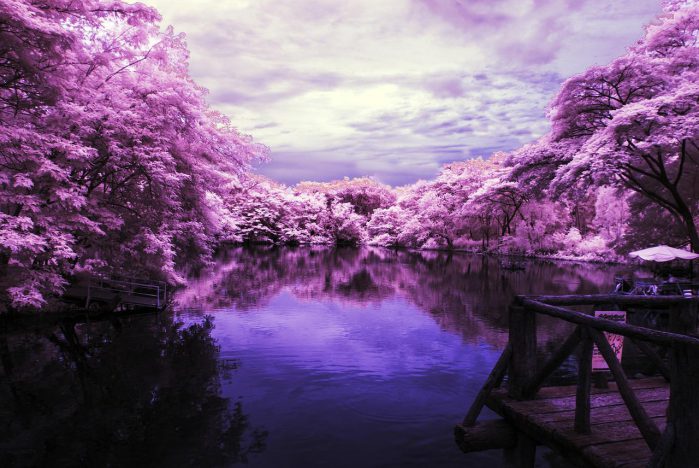
Infrared radiation has a very different behavior than visible light. As a result, infrared camera lenses must be made of various materials than regular camera lenses.
The properties of a given material in the external world may have no bearing on its characteristics in the infrared world—for example, glass is incredibly transparent to radioactivity in the visible spectrum but completely opaque in the infrared spectrum.
The optimal tactic is to use lenses that have been proven to perform well in infrared photography. Such knowledge is difficult to come by. While there are numerous quality lens reviews available, few, if any, address the issue of IR performance.
Bjorn Rorslett’s website is one such source. Roulette is one of the few companies that test lenses for infrared use. As you can see from his site, the modest camera performs admirably when compared to some other lenses costing a good health multiple of its price.
Conclusion
So far, we’ve discussed the various types of camera lenses on the market and when to use them. It should have given you an idea about lenses and which one to buy for your camera.
Because each lens has its own set of properties and capabilities, as well as a unique set of functions, having information as well as knowledge about the same will definitely help you identify the type of lens that you should definitely go for. We are sure that this article will help you choose the perfect lens that you need.

